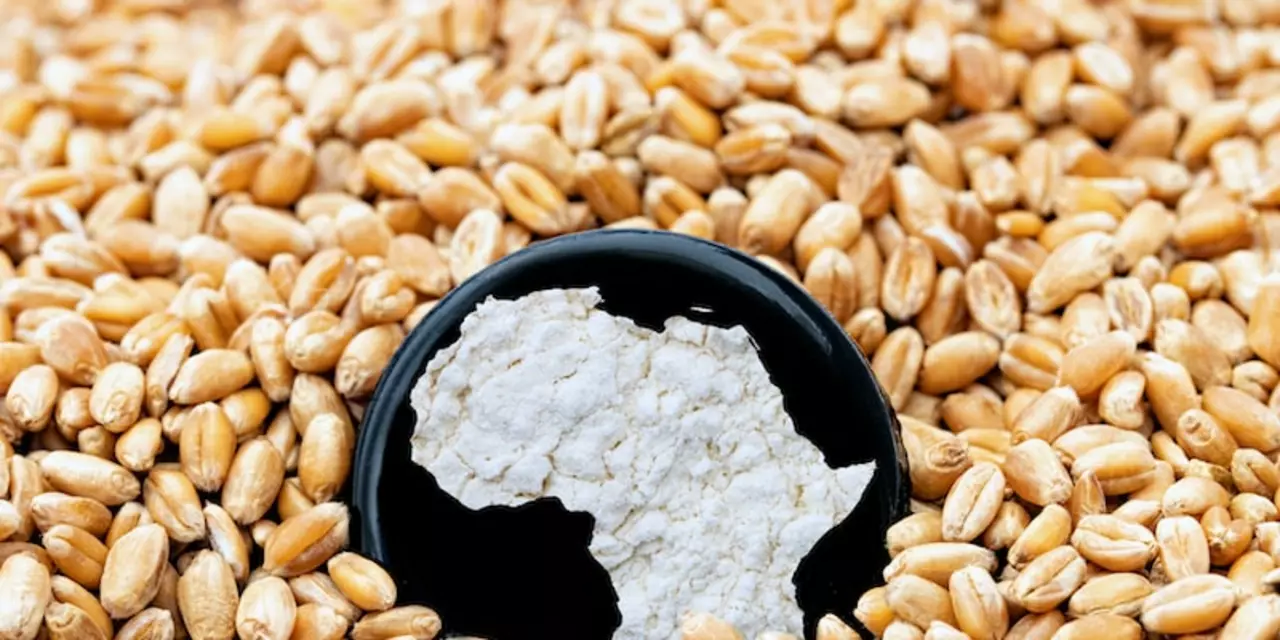Vegetables: Fresh Picks, Simple Tips & Local Highlights
Looking for quick ways to add more veggies to your meals? You’re in the right spot. We’ll walk you through why vegetables matter, where to grab the best ones around Udupi, and easy tricks to make them taste great.
Why Veggies Matter
Vegetables are packed with vitamins, fiber, and antioxidants that keep your body running smooth. Eating a colorful plate can boost your immune system, improve digestion, and even lift your mood. You don’t need a fancy diet plan – just a handful of greens, roots, and colorful capsicum can do the trick.
One of the biggest perks is cost. Local markets often sell seasonal produce at lower prices than supermarkets. When you choose what's in season, you get better flavor and more nutrients because the veggies spend less time in storage.
Finding & Using Fresh Veggies
Udupi’s markets are a goldmine for fresh produce. Head to the city market early in the morning for the crispest beans, bright tomatoes, and sweet carrots. Look for firm leaves, bright colors, and no wilted spots. If you’re not near a market, many local farms now offer doorstep deliveries – a convenient way to get farm‑fresh veg without the hassle.
Got your veggies? Here are three no‑fuss ways to cook them:
- Stir‑Fry: Heat a little oil, toss in chopped onions, add your favorite vegetables, and stir for 5‑7 minutes. Add a pinch of salt and a splash of soy sauce for flavor.
- Roast: Preheat the oven to 200°C, spread cut veggies on a tray, drizzle with oil, sprinkle herbs, and roast for 20‑25 minutes. The caramelized edges bring out natural sweetness.
- Quick Boil & Toss: Boil broccoli or beans for 3‑4 minutes, drain, and toss with lemon juice and a dash of pepper. It’s a fresh side that’s ready in minutes.
Want to keep veggies fresh longer? Store leafy greens in a zip‑lock bag with a paper towel to absorb excess moisture. Root veggies like carrots and potatoes stay crisp in a cool, dark place.
Experiment with herbs and spices to avoid boring meals. A sprinkle of cumin on roasted carrots or fresh coriander on a stir‑fry can change the whole vibe. And don’t forget to involve the whole family – let kids pick a veggie at the market, then help wash and prepare it. They’ll be more excited to eat what they chose.
Whether you’re a busy professional, a student, or a home‑chef, adding more vegetables to your plate is easier than you think. Start with one new veggie a week, try a simple cooking method, and enjoy the boost in flavor and health.
Stay tuned to Udupi Daily News for seasonal vegetable guides, market updates, and tasty recipes that keep your kitchen lively and your body happy.

What is the typical food of a poor Indian?
Poor Indians have a diet which is mostly dependent on basic staples like wheat, rice and pulses. These are supplemented by a variety of vegetables and fruits, which are seasonal and locally available. Dairy products and meat are consumed sparingly, and mainly by those who can afford it. Poor Indians usually have simple meals which consist of chapatis, dals and vegetables, or rice and sambar.